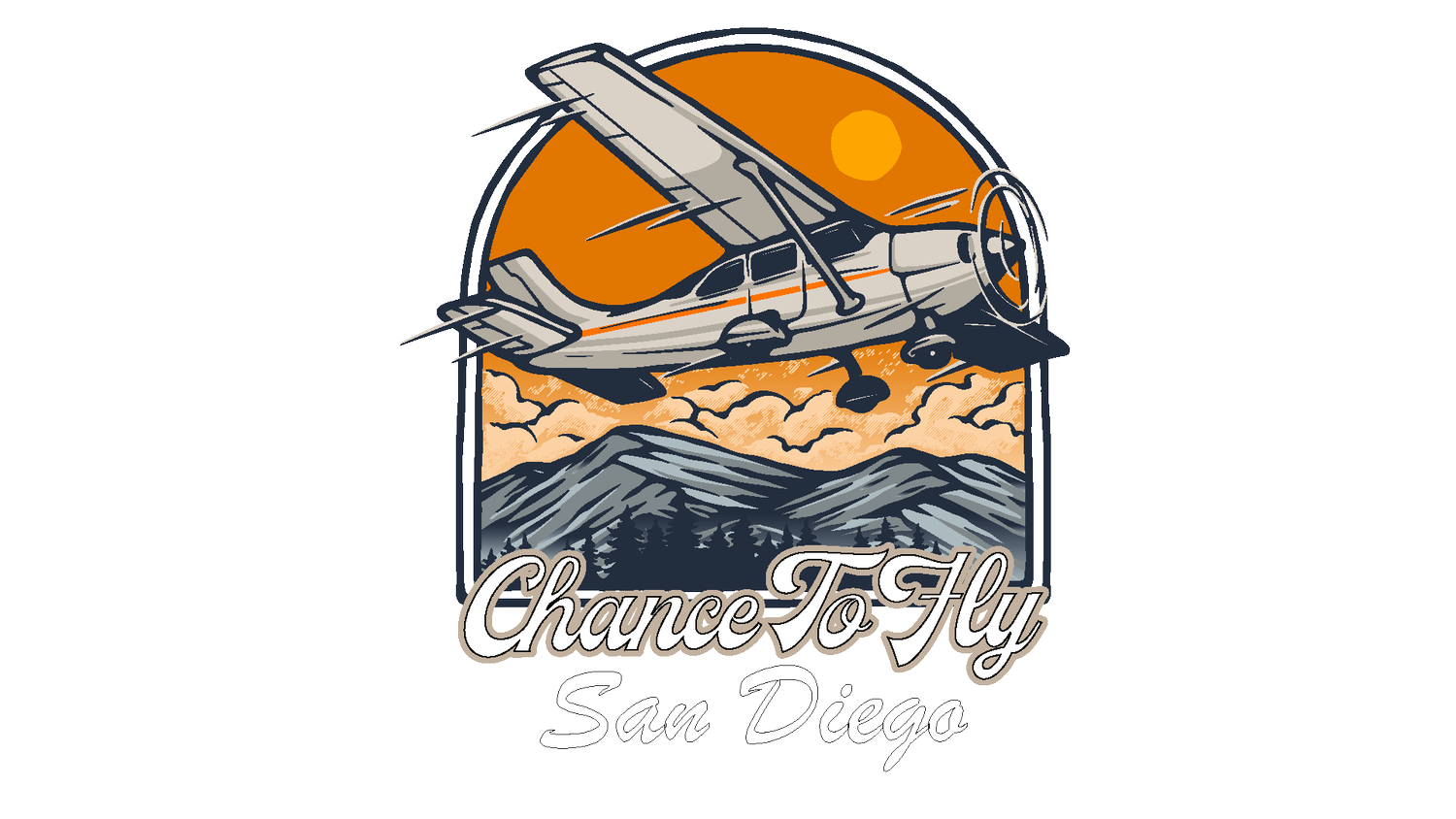GRABCARD - IFR Required Equipment 91.205 (d)
At the beginning of your preflight inspection for your IFR flight, there are many things that you have to consider on top of the traditional VFR preflight. It all comes down to ensuring the airworthiness of your aircraft and making sure nothing is affecting the safety of your flight. For VFR flights, you’re probably used to hitting your acronyms before launching (i.e. PAVE, ARROWE, AVIATES, IMSAFE, etc.). However, there may be some things that you are used to skipping over as they were not regulatory in your VFR days. For instance, ensuring that the VOR has been tested within the preceding 30 days, or the currency of the GPS database. You also need to know the extra required equipment for IFR flights in case you find something to be inoperative during your preflight or taxi checks. That brings us to the acronym, GRABCARD. Let’s break this one down and then we’ll go over the specifics.
Required Equipment 91.205 (d)
IFR Requirements from 91.205 (d), GRABCARD
G - Generator or Alternator - Most of the time you’re going to have an alternator
R - Radios - Navigation equipment required for flight (i.e. VORs, ILS, GPS, NDB/ADF)
A - Altimeter - Must be pressure sensitive (Kollsman Window)
B - Ball - The inclinometer of your turn coordinator
C - Clock - Must be a digital representation or have a sweeping second hand for seconds
A - Attitude indicator - Check during taxi turn that the bank indicates less than 5 degrees, and it becomes level within 5 minutes after start
R - Rate of Turn Indicator - This would be your turn coordinator or turn and slip indicator
D - Directional Gyro - Nowadays we refer to it as the heading indicator
Now there is for some reason a lot of ambiguity around whether or not you need everything from ATOMATOFLAMES and FLAPS in addition to GRABCARD for an IFR flight. Let’s take a look at the exact quote from 91.205 (d)
“(d) Instrument flight rules. For IFR flight, the following instruments and equipment are required:
(1) Instruments and equipment specified in paragraph (b) of this section, and, for night flight, instruments and equipment specified in paragraph (c) of this section.”
… then the rest is just GRABCARD
With that in mind, answer this common checkride question, “For IFR flights during the day, what equipment is required?” Think about it for a second.
—-
The answer is simple. Since the flight is during the daytime, the required equipment can be summed up with ATOMATOFLAMES and GRABCARD. If the flight was being conducted under IFR at nighttime, then you would also need FLAPS.
—-
Now there are some things that you can’t check until you’re taxing out to the run-up area. If you weren’t taught a thorough taxi check during your private pilot training- it’s time to adopt one. Here is the flow that I like to use whether I’m VFR or IFR:
Magnetic Compass - Swinging freely - I like to say numbers increasing in right turns, and vice versa in left turns
Attitude indicator - Shows less than 5 degrees of bank in a turn, and is showing level within 5 minutes of start
Heading indicator - Swinging freely
Turn Coordinator - Plane goes into the turn, ball opposite
If you’re verbalizing these things out loud during your taxi turns, then you’re going to catch something like a faulty turn coordinator before realizing it in IMC (yikes!). Also, if you’re not checking to see if the attitude indicator is showing less than 5 degrees of bank in a turn, then you’re not accurately ensuring the quality of the gyro (Hopefully you have a couple of Garmin G5s on order though). A taxi check is an essential part of an IFR flight, and it’s an easy one to get complacent on. So don’t let that happen to you.
That’s about all you need to know for required equipment under IFR. Memorize this acronym going into your check ride, or at the very least be able to look it up quickly.
Let me know in the comments section below what you do during your taxi check. I’ve heard some helpful things over the years like swapping tanks during the taxi check.
Feel free to shoot me an email with any questions, comments, or concerns.
Seeyuh!
Chance@Chancetofly.com

